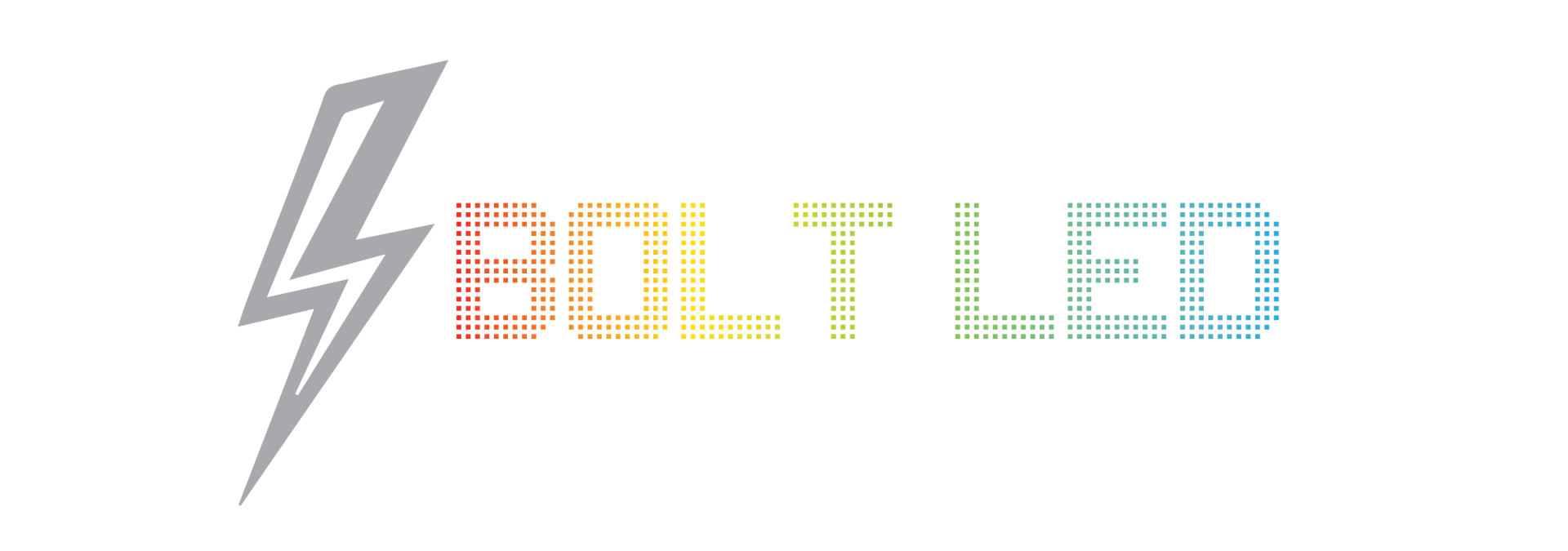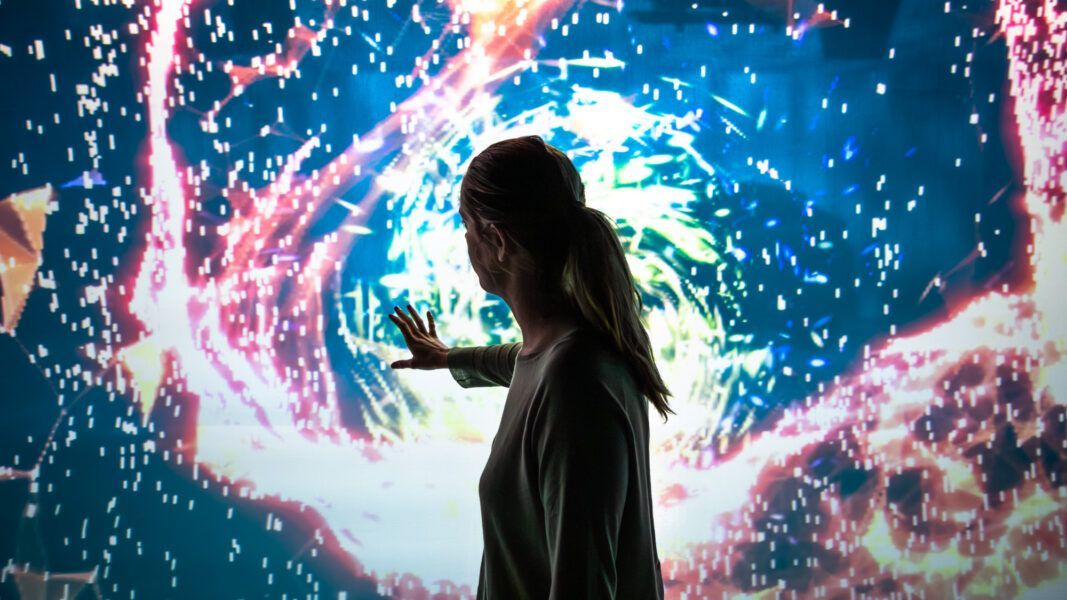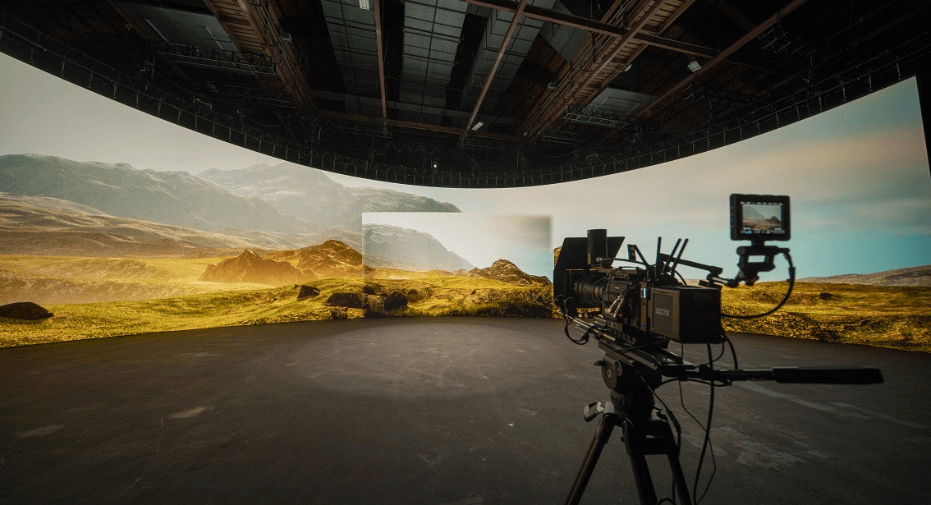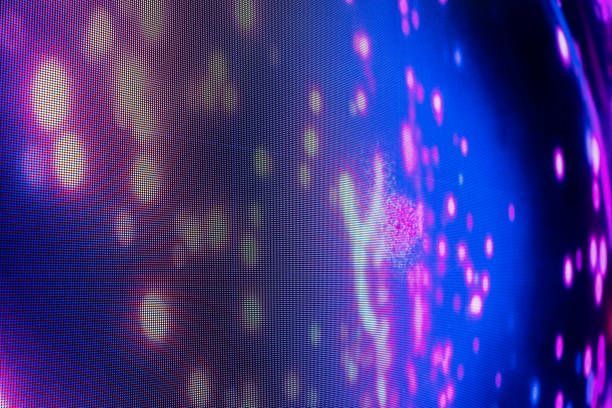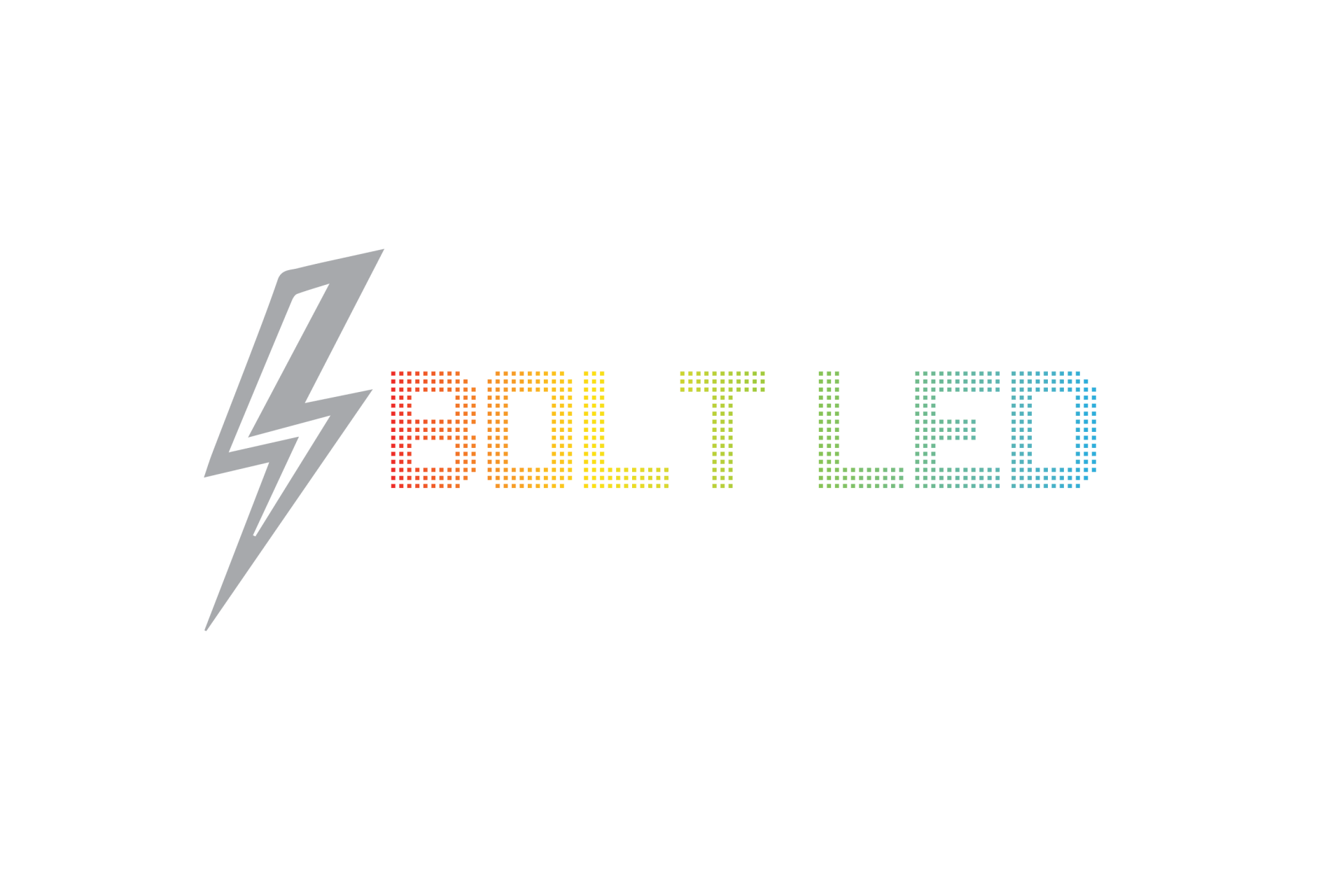Why refresh rate matters in LED Video Wall Displays
Why Refresh Rate and Scanning Rate Matter in a High-End LED Video Wall Display
When it comes to high-end LED video wall displays, there are many technical specifications to consider. Among the most important are the refresh rate and scanning rate—two factors that directly impact the visual performance and overall viewing experience. While these terms might sound like complex jargon, understanding them is crucial for anyone involved in the setup, use, or purchase of an LED video wall display, particularly in professional or commercial settings.
What is Refresh Rate?
The refresh rate refers to how often the image on the screen is updated per second, typically measured in Hertz (Hz). For example, a refresh rate of 60Hz means the display refreshes the image 60 times per second, while a 120Hz display refreshes it 120 times per second.
In the context of a high-end LED video wall, the refresh rate is vital because it ensures smooth and stable image transitions, especially in fast-moving visuals. A low refresh rate can result in flickering or motion blur, which can be particularly distracting in high-speed content such as sports broadcasts, live events, or gaming. On the other hand, a higher refresh rate delivers more fluid motion and sharper details, making the viewing experience more immersive.
In a commercial environment, where the display is used to deliver critical information, product advertisements, or dynamic content, maintaining a high refresh rate is crucial to ensuring that viewers receive clear, non-distracting images. With a higher refresh rate, you can also reduce eye strain and fatigue, especially during long viewing sessions.
What is Scanning Rate?
The scanning rate refers to the method by which pixels are illuminated and refreshed on an LED screen. LED video walls often use two primary scanning methods: progressive scanning and interlaced scanning.
- Progressive Scanning: Each line of pixels is drawn sequentially from top to bottom in a single pass. This method is often preferred in modern high-end video wall displays because it provides smoother and more continuous images.
- Interlaced Scanning: The screen is refreshed in two passes, with the first pass drawing the odd-numbered lines of pixels and the second pass drawing the even-numbered lines. While this approach was common in older CRT monitors, it’s less frequently used in modern LED technology due to the higher quality provided by progressive scanning.
The scanning rate determines how quickly and efficiently the image is produced on the screen. A display with a high scanning rate ensures that content appears without flickering or lag, especially in scenarios where a large volume of real-time data or visuals is being processed. This is particularly relevant for applications like stock market displays, control rooms, or event centers where content needs to be updated instantly.
The Impact of Refresh Rate and Scanning Rate on Image Quality
Both refresh rate and scanning rate work together to determine the clarity, fluidity, and sharpness of the image on your LED video wall. Here’s how they each contribute to visual quality:
- Reduced Flickering and Ghosting: A high refresh rate eliminates the flickering effect seen with lower refresh rates. For example, in video-intensive applications like live streaming or cinematic displays, a high refresh rate ensures smooth transitions, sharpness in fast movements, and reduces ghosting effects.
- Improved Motion Clarity: Fast-paced motion is common in many applications, whether in sports broadcasting, interactive signage, or digital art installations. High refresh and scanning rates ensure the motion remains sharp without blurring, preserving the integrity of fast-moving visuals.
- Enhanced Visual Details: With a higher refresh rate, each frame is displayed with greater detail, particularly on high-resolution LED video walls. This is especially important when you need to display intricate visuals, such as 4K video content or complex infographics, where every pixel needs to be displayed clearly.
- Vibrant Color Representation: Both the refresh rate and scanning rate contribute to the overall richness of the colors. High-end LED video walls often rely on advanced technologies to handle the accuracy of color reproduction, which can be enhanced by maintaining high refresh and scanning rates. This ensures the content looks vivid, true to life, and free of any visual inconsistencies.
Real-World Applications Where These Rates Matter
- Control Rooms and Command Centers: In environments where real-time data visualization is critical—such as security surveillance, emergency response, or network monitoring—a high refresh rate ensures that updates appear seamlessly, without lag or distortion. A high scanning rate guarantees that no pixel information is missed or delayed, which could lead to critical errors.
- Retail and Digital Signage: For retail environments, LED video walls are often used for displaying advertisements and promotions. A higher refresh rate enhances the effectiveness of such displays by ensuring smooth, dynamic content that catches viewers' attention. The scanning rate also plays a role in making sure that these images appear clear, without artifacts or delay.
- Broadcast and Live Events: In television studios, concerts, or large sports events, a high refresh rate is crucial to capturing every detail of motion. With fast-moving shots, such as action sequences or audience reactions, both the refresh rate and scanning rate must be optimized to prevent blurry or pixelated visuals.
- Entertainment and Immersive Installations: Whether it's an art exhibit or an immersive video installation, high-end LED video walls with fast refresh and scanning rates create engaging experiences for viewers. This becomes particularly important in environments like theme parks or high-tech museums where the visuals are meant to fully captivate the audience.
In the world of high-end LED video wall displays, the refresh rate and scanning rate are essential factors that determine the quality of the visual experience. Together, they ensure smooth, clear, and vibrant content with minimal artifacts. Whether you're using your video wall for a high-stakes control center, an interactive display, or live events, understanding the role these rates play will help you make informed decisions when selecting and optimizing your display for the best possible outcome. So, the next time you’re considering an LED video wall, remember that the refresh and scanning rates are more than just numbers—they directly influence the performance and impact of your display.

We PROVIDE top quality LED VIDEO Display SOLUTIONS and production services.
SERVING OUR CUSTOMERS NATIONWIDE.
